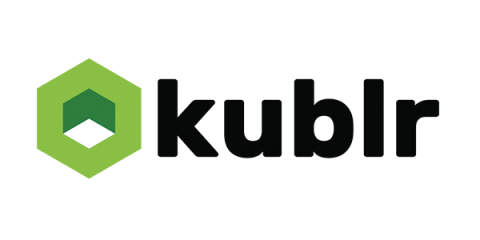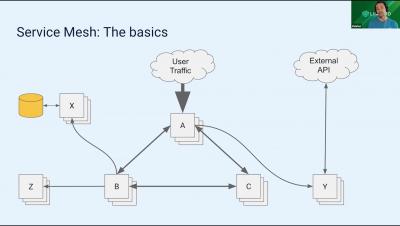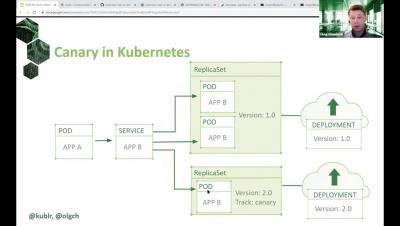Kubernetes RBAC 101: Authorization
In our final article on Kubernetes RBAC, we are focusing on RBAC itself. Everything else in the series led towards this key piece. In part one we discussed authentication and authorization on a high level and in part two we focused specifically on authentication. Now let’s dive into authorization.









